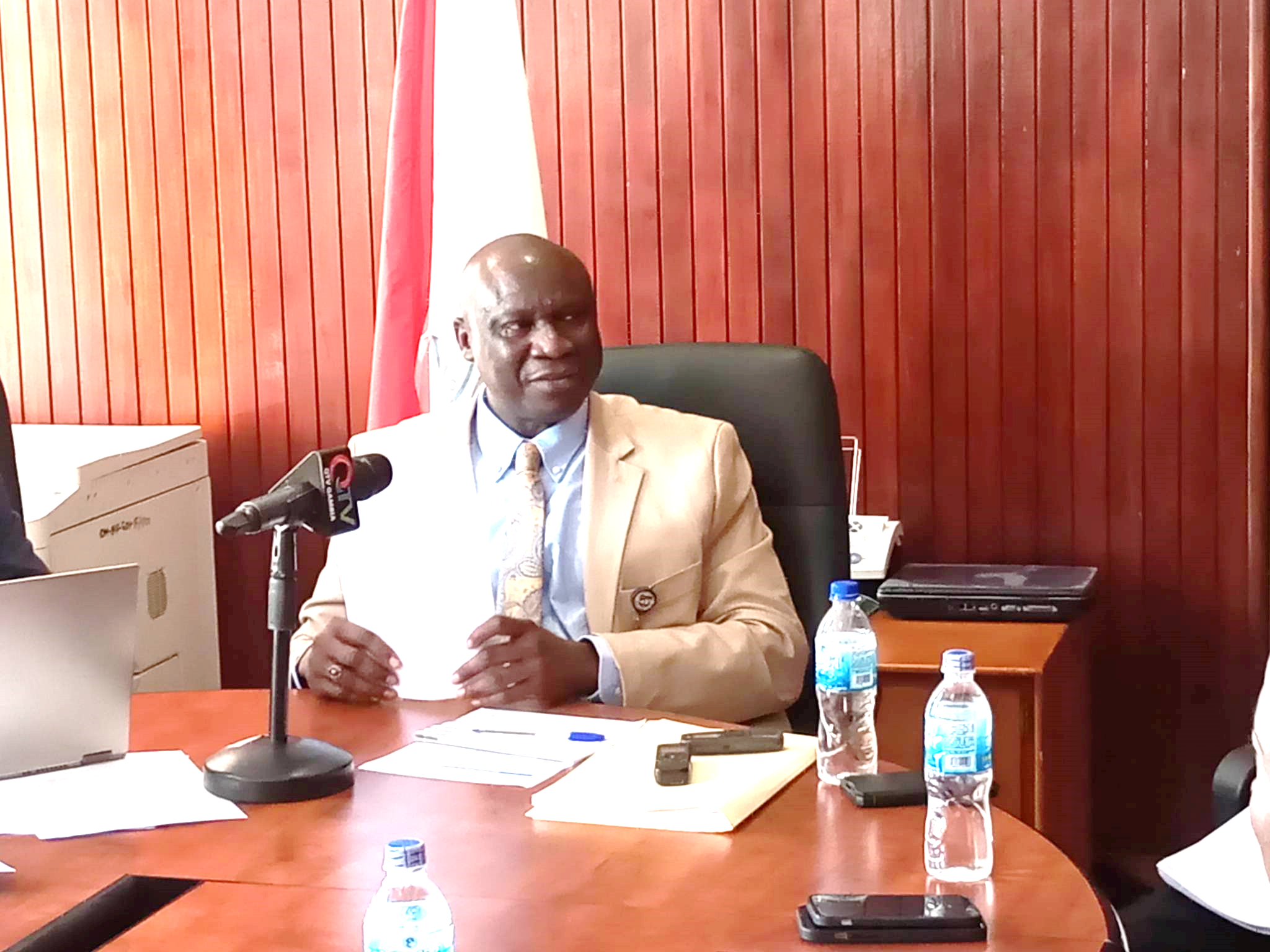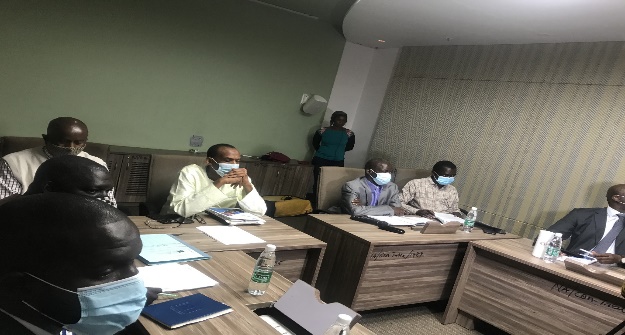Buah Saidy, Governor of the Central Bank of the Gambia has revealed that the domestic debt stock of the country has increased by thirty-eight billion and six hundred million dalasi (D38.6 billion) totalling the current debt to D38.6 billion.
He made this revelation at the Central Bank of the Gambia (CBG) while briefing commercial bank managers and journalists at the Monetary Policy Committee (MPC) press conference on Thursday 8th December 2022.
According to him, domestic debt stock has increased from D37.2 billion to D38.6 billion as of the end of November 2022, noting that the increment is due largely to the long-term treasury bonds that account for more than half of the overall domestic debt.
“The stock of domestic debt increased to D38.6 billion in end-November 2022, from D37.2 in 2021. Consequently, the domestic debt-to-GDP ratio declined to 31.6 in end-November 2022 from 35.5 percent in 2021,” Governor Buah Saidy revealed.
He added: “Long-term treasury bonds accounted for more than half of the domestic debt but refinancing and interest rate risks remain elevated. Yields on government securities continue to rise in response to the tight monetary policy stance of the Bank.”
He further disclosed that the prospects of the Gambian economy remain positive despite global challenges, adding that the Central Bank Composite Index of Economic Activity (CIEA) indicated that economic activity strengthened in the third quarter and the output gap was positive.
“Although the rise in the cost of living continues to hold back household consumption, public and private construction, agricultural output and tourism are supporting growth resilience in 2022. As a result, the bank forecast the economy to grow by 5.2 percent in 2022, unchanged from the August forecast,” he further disclosed.
According to him, the gross international reserves of the Bank stood at US$400 million as of end-October, 2022, adequate to cover more than 4months of prospective imports of goods and services
He noted that the banking system continues to be stable with robust financial soundness indicators, adding that the risk-weighted capital adequacy ratio (CAR) stood at 26.3 percent in September 2022, higher than the regulatory requirement of 10 percent.
Governor Saidy pointed out that the liquidity ratio stood at 63.4 percent which is above the regulatory requirement of 10 percent, highlighting that the banking industry’s non-performing loan ratio remains low at 4.2 percent, and banks maintained an adequate level of provisioning.
He assured that the Gambian economy will continue to pick up despite strong headwinds, noting that a robust recovery in tourism activity, public and private sector investments, and good agriculture harvest is expected to drive economic growth this year.
He admitted that though the balance of payments remains challenging with prospects of a strong recovery in tourism, support from development partners, and private remittance inflows will improve supply conditions in the foreign exchange market, adding that this will ease pressure on the exchange rate and external reserves of the Central Bank.





